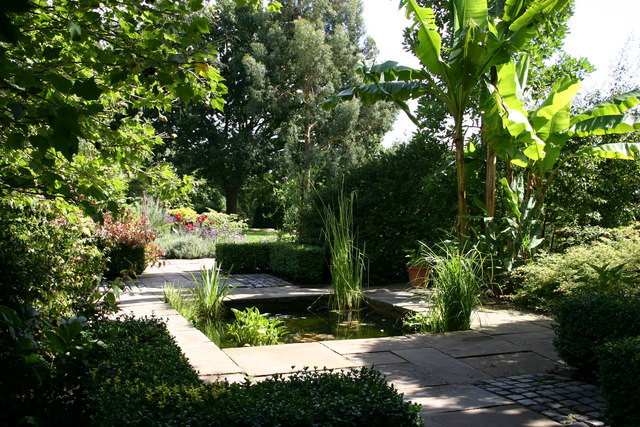I have a confession to make.
I have something in common with Prince Charles.
Prince Charles hates modern architecture, and has been known to describe modern buildings in terms such as “monstrous carbuncle”.
I often shake my head in despair at the sight of modern buildings, as I genuinely can’t understand why something has to be ugly just because it’s modern.
At least this was the case until I visited Liverpool for the first time when, totally out of character, I found myself gazing admiringly at the city’s architecture both old and new.
There can be few skylines in the country to match that of Liverpool, which features a fascinating mix of buildings.
 |
| Waterfront near Albert Dock |
|
|
The elegant trio of buildings overlooking the docks – the Royal Liver Building, the Cunard Building and the Port of Liverpool Building, all built in the early 20
th century – is referred to affectionately by the locals as the “three graces”.
Nearby is the impressive new
Museum of Liverpool, with its diagonal lines resembling an x-shape, its big picture windows providing wonderful views over the Mersey.
Other nearby buildings are equally striking, some with shiplike outlines.
Higher up in the city centre, Liverpool’s two cathedrals continue the “old and new” theme, the
old cathedral towering over everything, the fifth largest in the world and unusually these days free to enter, while a short distance away the newer Catholic
Metropolitan Cathedral provides a complete contrast with its wigwam-like shape – in fact the Liverpudlians in typical comic style often refer to it as “Paddy’s Wigwam”.
All this splendour has led to Liverpool being awarded World Heritage Site status, but last year it was reported that this status could be under threat due to a planned waterfront development called
Liverpool Waters which some believe has the potential to jeopardise the city's heritage.
 |
| Waterfront, with the Cathedral towering over everything |
|
Liverpool's importance as a port began as far back as the early 18th century when Chester's status as a port was scuppered by the silting of the River Dee.
By the end of the 19th century it was one of the most important ports in the world, with 40 per cent of the world's trade accounted for by Liverpool's ships.
Now the docks dating from those times, most notably Albert Dock, have been given over to tourism, with a heady mix of restaurants, shops and attractions such as the
Tate Liverpool.
When we visited we went on a hugely entertaining tour on land and water in a wartime amphibious vehicle called the Yellow Duckmarine.
Unfortunately in March this year the Duckmarine sank in the Albert Dock and all the tourists on board had to be evacuated.
Then, unbelievably, the same thing happened again in June.
Fortunately everyone was okay, but the incidents seem to have forced a halt in operations, as the website states that tours are unable to operate at present.
 |
| Albert Dock, with the ill-fated Yellow Duckmarine |
|
London may have been the epicentre of the Swinging Sixties, but there was plenty going on in Liverpool also, where the pop music scene was dubbed Merseybeat.
The city is inextricably linked to The Beatles, who played in the famous
Cavern Club nearly 300 times in their early days.
The club is still open for business and still putting on live bands.
There is also a bar opposite called the Cavern Pub which has live music nightly and is free to enter.
There are Beatles tours available for those who want to follow in the footsteps of the Fab Four, some of which take in the childhood homes of Paul McCartney and John Lennon, and which also visit Strawberry Field and Penny Lane.
Then there is the
Beatles Story down by the docks for those who like such things.
Near the old Cathedral is an amazing old pub called
The Philarmonic Dining Rooms, apparently affectionately named The Phil by John Lennon, who is said to have complained that one of the prices of fame was no longer being able to go there for a drink.
So as you can see, you can't get away from The Beatles in Liverpool - even the airport is named after John Lennon.
Other 60s icons associated with the city include Cilla Black, whose broad Liverpool accent was one of her trademarks, and Gerry and the Pacemakers, whose most famous song was Ferry Cross The Mersey, also the title of a film starring the band.
Meanwhile, on TV, The Liver Birds sitcom, first shown in 1969, told the story of two trendy young women sharing a flat in Liverpool.
Aside from the
"Ferry Cross The Mersey", which still runs today, taking people across to the Wirral Peninsula, there are ferries to Dublin, Belfast and the Isle of Man.
Liverpool is also visited by cruise ships.
In the absence of the duck tours there are 'hop on hop off' bus tours available for exploring the city.
There are numerous
museums and galleries, including the Walker Art Gallery, the Merseyside Maritime Museum and the International Slavery Museum.
As one would expect from such a vibrant city, there are a host of festivals and events all year round, covering everything from food and drink to sport, from music to comedy and much more.
For a list of events in Liverpool, follow
this link.










